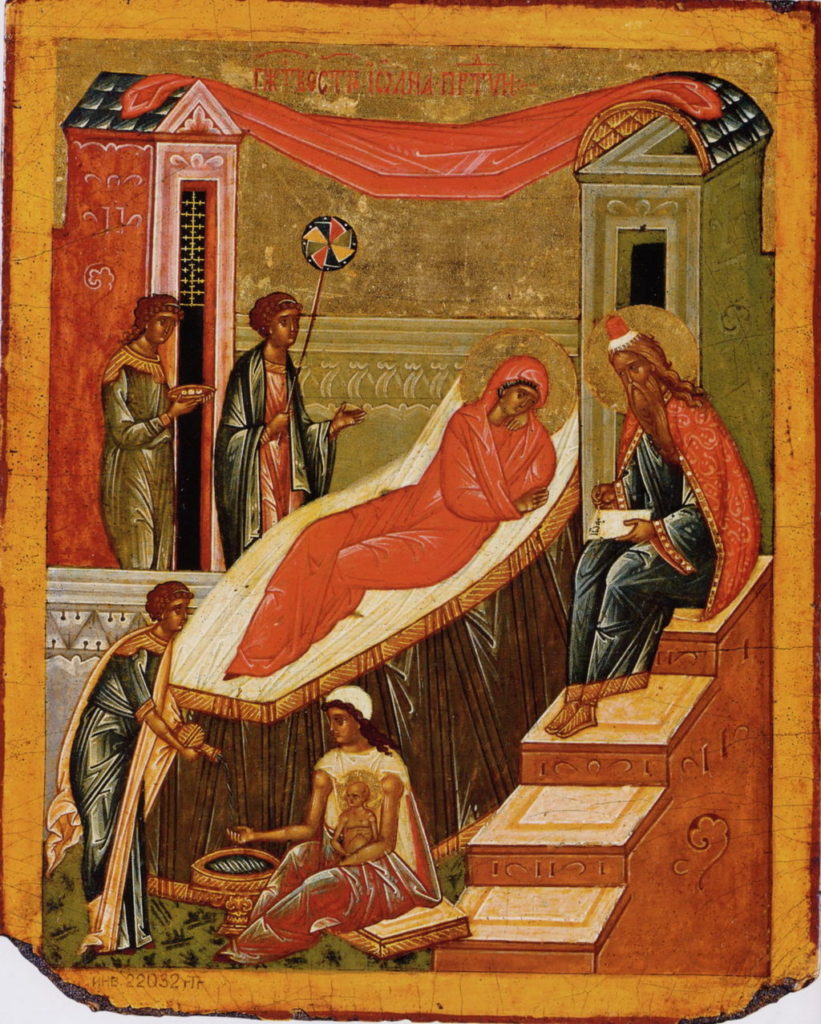“His name is John”
Mount Calvary Church
Eutaw Street and Madison Avenue
Baltimore, Maryland
A Roman Catholic Parish
The Ordinariate of the Chair of St. Peter
The Nativity of John the Baptist
June 24, 2018
Summer Schedule
One mass at 9:00 AM
Organ Prelude
Hymns
On Jordan’s bank (WINCHESTER NEW)
Comfort ye, comfort ye (PSALM 42)
For all the saints (SINE NOMINE)
Organ Postlude
_______________________________
On Jordan’s Bank is a translation of a Latin hymn by Charles Coffin (1676—1749 Paris), who was a French teacher, writer, Jansenist, and Rector of the University of Paris. The translator, John Chandler (1806—1876) was an Anglican clergyman who translated hymns of the early church and hymns from the Paris Breviary of 1736, in which this hymn appeared.
The text sums up the message of John the Baptist, encapsulating each of the important themes of the Forerunner of Christ: announcement of grace, expectancy for the coming Messiah, and renewal in preparation for the coming of the King. The first stanza calls God’s people to give attention to the coming Christ. The second calls people to receive God’s presence and God’s cleansing from sin. The third is a profession of faith in Christ. The fourth is a prayer for God’s continued grace in our lives and in our world—a response to God’s redeeming Word. The fifth is a doxology of praise.
Here is the Southwell Minster Choir.
Comfort ye, comfort ye my people is a versification of Isaiah 40:1-5, the passage that opens the final large group of prophecies in Isaiah 40-66. Many of these prophecies express consolation and hope that Judah’s exile in Babylon is almost over. That is certainly the tone of 40: 1-5-words of comfort forecasting a new reign but also words that call for proper preparation–that is, repentance. Johannes Olearius (1611–1684) originally versified the passage in German in honor of Saint John the Baptist Day and published it in his Geistliche Singe-Kunst (1671). It was translated by Catherine Winkworth (1827–1878), who was the foremost translator of German hymns into English.
Here is a version with the tune from the Genevan Psalter, 42.
For all the saints was written by William Walsham Howe (1823—1897), Anglican Suffragan Bishop of London. After the great “Hall of Faith” passage in Hebrews 11, the writer to the Hebrews calls the saints who are still on earth to emulate those who have gone before: “Therefore, since we are surrounded by so great a cloud of witnesses, let us also lay aside every weight, and sin which clings so closely, and let us run with endurance the race that is set before us …” (Hebrews 12:1). What were the accomplishments of this “great cloud of witnesses?” They “… conquered kingdoms, enforced justice, obtained promises, … quenched the power of fire, escaped the edge of the sword, were made strong out of weakness …” (Hebrews 11:33-34). But “Others suffered mocking and flogging, and even chains and imprisonment. They were stoned, they were sawn in two, they were killed with the sword” (Hebrews 11:36-37). And such was the fate of John the Forerunner.
The stanzas of the hymn For All the Saints describe the common life of all the saints: the credit due to Jesus Christ for drawing us all to Him, the strength and guidance we continue to draw from Him, our joint communion in Christ, the continuing struggle against evil, and the coming day when the dead shall rise and we shall all worship together before God the Father, Son and Holy Spirit. No matter what path each of us travels, we all will enjoy the same glorious eternal life.
Here the St Edmundsbury Cathedral Choir.
